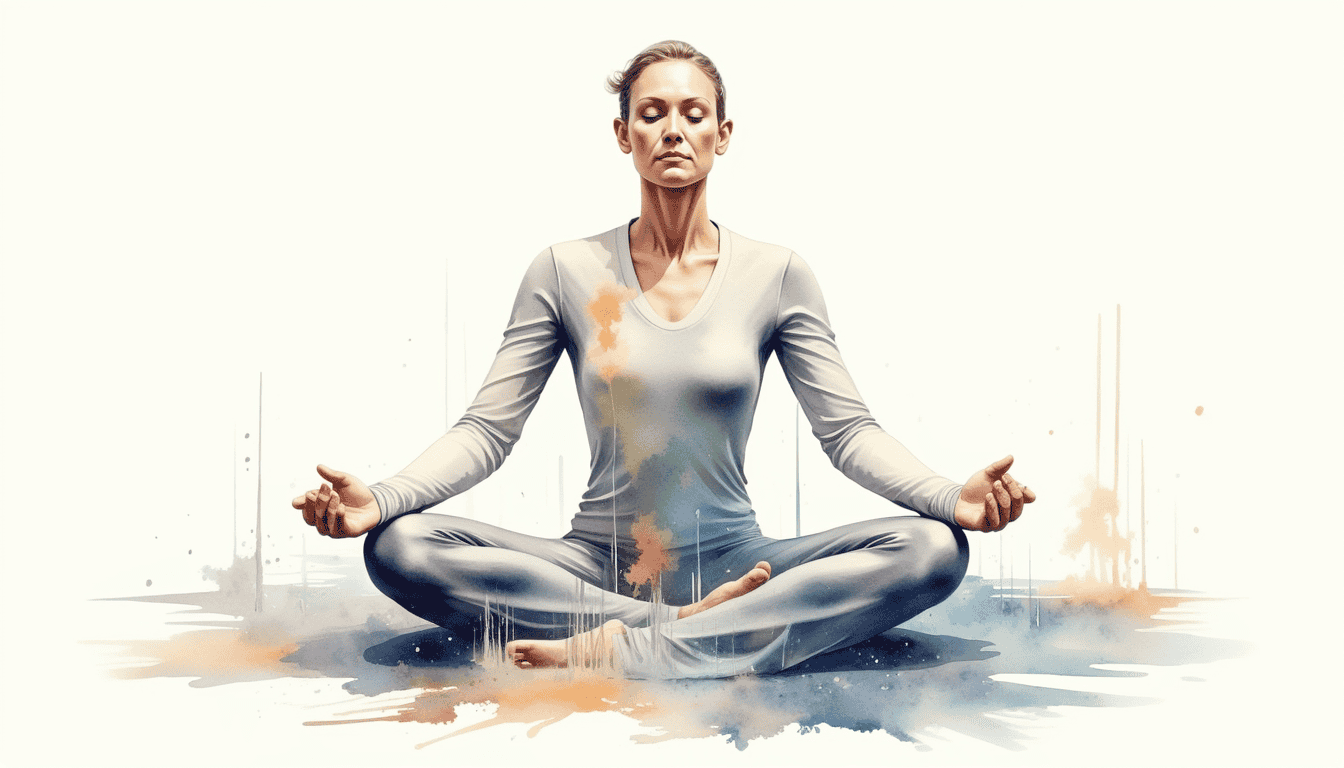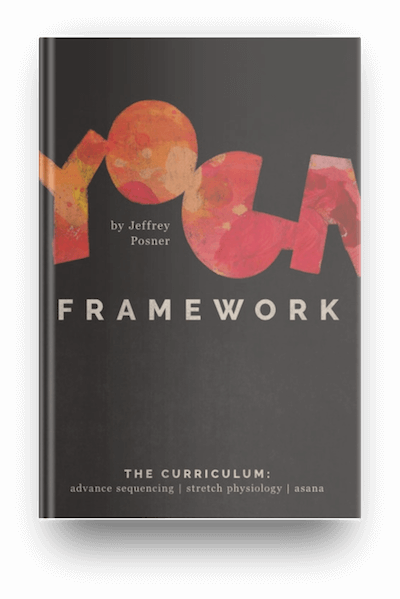Unlock Your Potential with Mandala Yoga Flow: Discover the Art of Fluidity
Are you a yoga practitioner or fitness enthusiast striving to improve your flexibility, strength, and overall mobility? The mandala flow might be the transformative practice you need. In this context, understanding the intricacies of the full-round mandala sequence is essential. As stated in the Yoga Framework: Packed with concepts, backed by science, 2020, “a full-round mandala sequence starts on one side of the body and finishes on the other without taking a vinyasa in between, maintaining continuous flow.”
Mandala Flow: A Pathway to Enhanced Flexibility and Strength
The unique aspect of the mandala yoga flow lies in its ability to foster continuous movement and holistic engagement of the body. Unlike traditional yoga sequences, this approach emphasizes uninterrupted transition, which aligns with dynamic stretching. Dynamic stretching is renowned for enhancing range of motion and reducing muscle stiffness, thus aiding in functional fitness improvements. More importantly, it can boost flexibility by up to 35% within eight weeks, according to studies on yoga’s effectiveness. So, why not explore how this approach can redefine your yoga practice?
How Mandala Yoga Flow Transforms Your Practice
Engaging in a mandala flow sequence means embracing a complete and fluid circle of motion. This method offers several benefits, fundamentally improving coordination and body awareness. According to WebMD, it can significantly enhance flexibility and strength, providing a robust platform for overall fitness enhancement.
However, it is crucial to approach this with a focus on breath awareness and seamless pose transitions. For those new to this, starting with foundational poses and gradually engaging in more advanced sequences is advisable. This strategic progression minimizes injury risks and maximizes the effectiveness of the practice.
Scientific Insights into Mandala Flow
The mandala yoga flow is not just a theoretical concept but a practice rooted in scientific principles. While direct research on full-round mandala sequences is limited, the benefits of yoga in terms of flexibility, strength, and balance are well-documented. A study published on PubMed confirms that yoga is as effective as traditional stretching-strengthening exercises for improving functional fitness. This underscores the validity of incorporating continuous flow into your practice.
Mandala Flow in Application
Real-world application of the mandala yoga flow involves mindful coordination and breath integration. It promotes holistic movement that not only challenges the body but also nurtures the mind. Various resources, such as Clara Roberts-Oss, offer structured steps for creating mandala sequences, emphasizing the integration of breath and seamless transitions.
Embrace the Mandala Yoga Flow Today
By choosing to incorporate the mandala flow into your practice, you’re making a conscious decision to elevate your yoga journey. This isn’t just about flexibility; it’s about embracing a practice that aligns with your body’s natural rhythms and enhances your overall well-being.
Most importantly, you can achieve these benefits with guidance from credible sources. Grab a copy of the Yoga Framework, where these concepts are explored in depth, with real-world applications and transformations emphasized. Don’t miss this opportunity to redefine your yoga practice.
Explore the transformation that the mandala yoga flow offers and discover how it can enhance your journey toward improved physical and mental wellness. Start your transformative experience now by securing your copy of the Yoga Framework. Visit the Yoga Framework today and embrace the path to fluidity and holistic strength!

